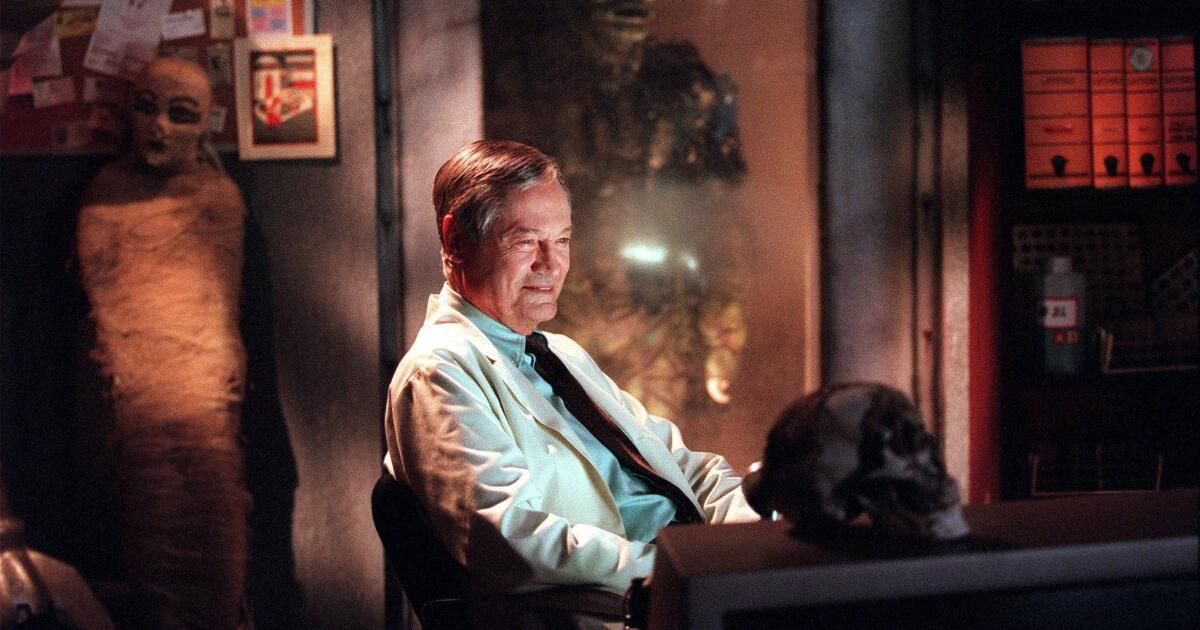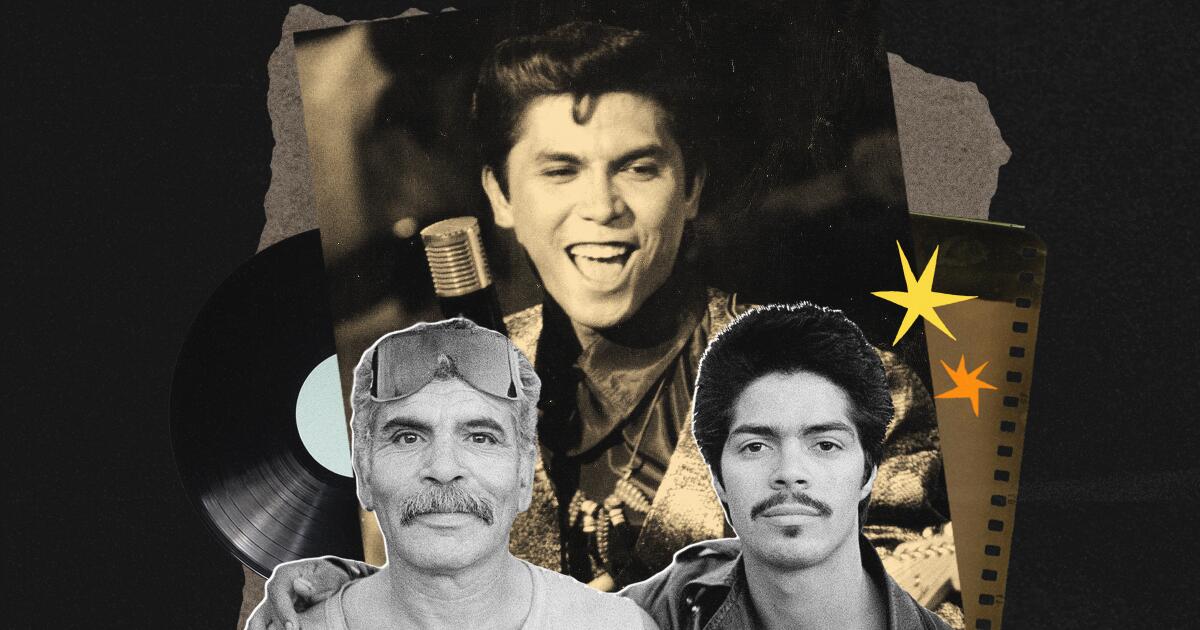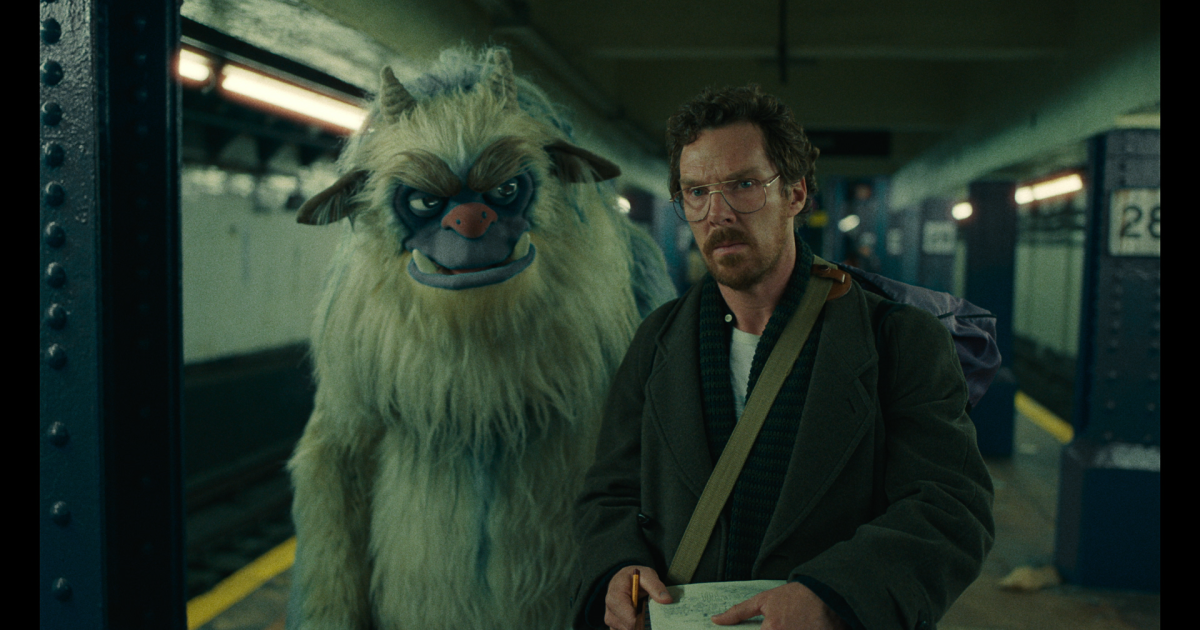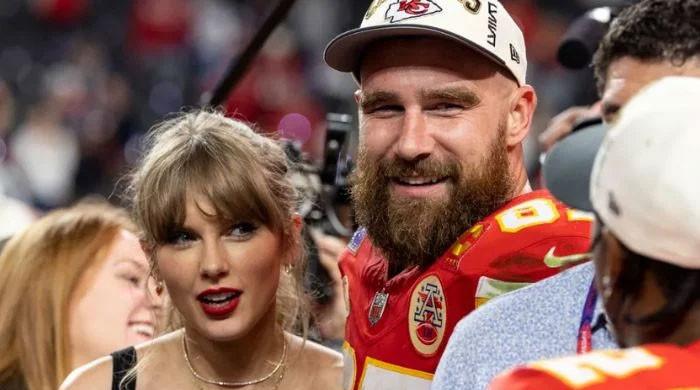Roger Corman, the legendary Hollywood independent producer and director whose long series of profitable low-budget films such as “Attack of the Crab Monsters,” “Little Shop of Horrors” and “The Wild Angels” earned him a reputation as the “King of the Bs”, has passed away.
Corman, who helped launch the careers of filmmakers, writers and actors in Hollywood and beyond, died Thursday at his home in Santa Monica, according to a statement from Corman's family. He was 98 years old.
“His films were revolutionary and iconoclastic and captured the spirit of an era,” Corman's family said. “When asked how he would like to be remembered, he said: 'I was a filmmaker, just that.'”
In a career spanning nearly seven decades, Corman directed more than 50 films, most of which he also produced. In total, he produced more than 350 films, most of them for his own production and distribution companies, New World Pictures and its successor, Concorde-New Horizons.
After founding New World Pictures in 1970, Corman spent the decade producing or supervising films such as “Private Duty Nurses” and “Eat My Dust!” He also distributed notable foreign films in the United States, such as Ingmar Bergman's “Cries and Whispers” and Federico Fellini's “Amarcord.”
But many consider Corman's greatest legacy in Hollywood to be his nurturing of young talent and his in-house training of fledgling filmmakers who became Hollywood heavyweights.
Among the members of Corman's impressive list of “students” are Francis Ford Coppola, Peter Bogdanovich, Martin Scorsese, Ron Howard, Joe Dante, Jonathan Demme, John Sayles and James Cameron.
“I can't think of anyone who, quote, has discovered more of the most talented filmmakers in Hollywood,” said Gale Anne Hurd, a former Corman assistant who went on to produce films such as “The Terminator,” “Aliens” and “The Abyss.” “
As a producer and director, Corman provided opportunities to many top actors early in their careers, including Jack Nicholson, Charles Bronson, Peter Fonda, Bruce Dern, Diane Ladd, Sally Kirkland, Talia Shire, Robert De Niro and Sylvester Stallone.
“I was a nobody, and I'm eternally grateful that Roger Corman stuck with me, because I had nothing else going for me,” Nicholson once said. He made his film debut in “The Cry Baby Killer,” a 1958 crime thriller produced by Corman, and appeared frequently in Corman films.
Corman, a Stanford University engineering graduate who once worked as a messenger at 20th Century Fox, turned to the sea for his first film as a producer: “Monster From the Ocean Floor.”
The 64-minute black-and-white film about a giant one-eyed octopus that terrorizes Mexican villagers was shot in six days for $12,000, with Malibu beach replacing the Yucatan Peninsula.
“The Fast and the Furious,” a 1955 racing car drama produced by Corman and filmed in nine days on a budget of $50,000, came next and landed him a three-picture distribution deal with a new company that soon folded. known as American International Pictures.
Corman's deal with AIP, which became known as Hollywood's largest and most influential independent company during the 1950s and '60s, marked the beginning of a lucrative 15-year, 30-picture relationship between Corman and AIP's founders, James Nicholson and Samuel Z. Arkoff.
Corman made his directorial debut with “Five Guns West,” a 1955 Civil War-era Western starring John Lund and Dorothy Malone and filmed in nine days on a budget of $60,000.
A flurry of low-budget Corman quickies followed: “Swamp Women,” “The Beast with a Million Eyes,” “Attack of the Crab Monsters,” “Rock All Night,” “Sorority Girl,” “Teenage Doll,” and many more. further. , much more.
In fact, nine productions directed by Corman hit theaters in 1957 alone.
“The idea was to tell an interesting, visually entertaining story that would draw young people to drive-ins and hardtop theaters, and not take themselves too seriously along the way,” Corman wrote in his 1990 autobiography.
As a filmmaker, Corman's trademark was working fast and cheap. All of his early films were made for less than $100,000 and were shot in less than two weeks.
As producer of “The Fast and the Furious,” Corman convinced actor John Ireland to play the lead role for well below his usual price, allowing him to co-direct the film, a nine-day shoot with a budget of $50,000.
Corman cut costs by striking a deal for a set of free Jaguar racing cars and saved money on a stuntman by racing one of the cars himself in the key action sequence.
To reduce transportation costs in distant locations, Corman was known to shoot two films at once.
And when the studio head told him he still had a large office set standing from a recently completed film, Corman said he would rent the set for two days of shooting and three days of rehearsal; He only then put his head screenwriter, Charles Griffith, to work on a script.
The result was “Little Shop of Horrors,” the 1960 black comedy about a dimwitted flower shop apprentice who creates a giant man-eating plant that spoke (“Feed me!”).
Later in the decade, he capitalized on the burgeoning counterculture movement with “The Wild Angels,” a 1966 motorcycle gang film starring Peter Fonda and Nancy Sinatra, and “The Trip,” an LSD-inspired drama with a screenplay by Nicholson and starring Fonda. and Susan Strasberg. Although he took acid while preparing to make the film, Corman often described himself as “the squarest guy in a modern bunch.”
In the mid-1960s, Corman attempted to work within the major studio system, first at Columbia Pictures and then 20th Century Fox, but found the experiences frustrating and slow and returned to AIP. He continued producing films into his 90s.
“Retire,” he reflected in a 2020 tweet. “I’m too young for that.”
The son of a successful civil engineer and a former legal secretary, Corman was born in Detroit on April 5, 1926. His younger brother, Gene, also became a film producer. The family moved to Beverly Hills when Corman was a teenager.
After graduating from Beverly Hills High School, Corman spent a year at Stanford University before volunteering for a Navy officer training program at the University of Colorado at Boulder. In 1946, he returned to Stanford for his final year on the GI Bill and graduated a year later with a bachelor's degree in industrial engineering.
But by then, his desire to become an engineer had been supplanted by another ambition: to dedicate himself to film.
In 1948, after six months of unemployment, Corman got his first break in Hollywood: through the father of a friend who knew someone at 20th Century Fox, he got a job as a messenger for $32.50 a week. Six months later, he was promoted to story analyst at double the salary.
But he soon became frustrated with the job and left Hollywood to go to England to study modern English literature about the GI Bill at Oxford University. After completing one term, he moved to Paris.
Returning home after a year abroad, Corman took a job at a literary agency. He also worked as a grip at a television station before selling a script he had co-written to Allied Artists for $3,500. The script became “Highway Dragnet,” a 1954 low-budget crime film starring Richard Conte and Joan Bennett.
Over the years, many of the directors who began working with Corman paid tribute to their mentor by having him make cameo appearances in their films.
Among his numerous cameos are the U.S. senator in Coppola's “The Godfather II,” the congressman in Howard's “Apollo 13,” and the head of the FBI in Demme's “The Silence of the Lambs.”
But perhaps his most appropriate cameo came in the Dante horror film “The Howling”: a bar scene in which Corman, mocking his legendary tightwad, is seen checking the coin return slot of a pay phone in Search for loose change. .
In 2020, when the COVID-19 pandemic had virtually paralyzed Hollywood, Corman put out a call on social media for top filmmakers to make short films, two minutes or less, and enter them in “The First (And Hopefully ). Latest) Corman Quarantine Film Festival.” Dozens of filmmakers presented his work.

